
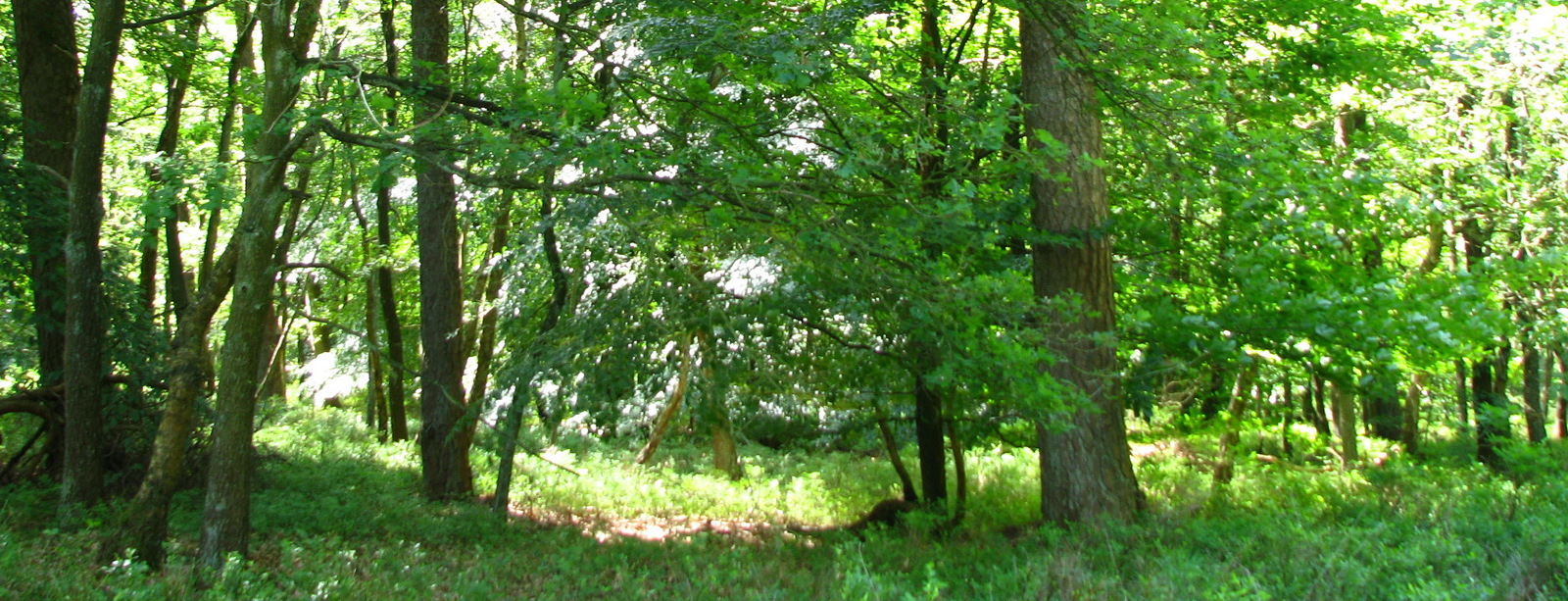


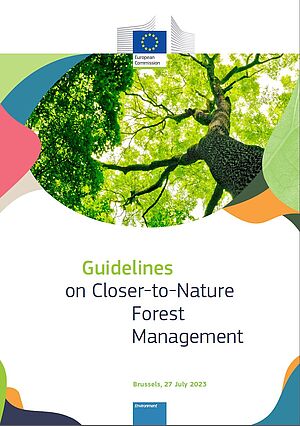
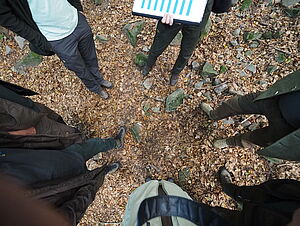
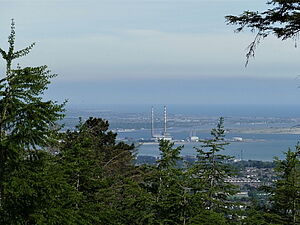
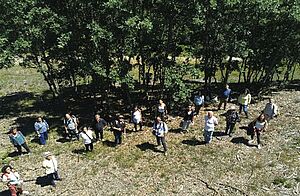
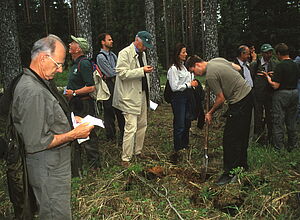
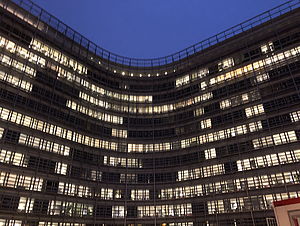
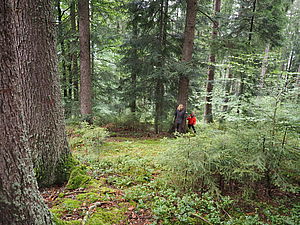
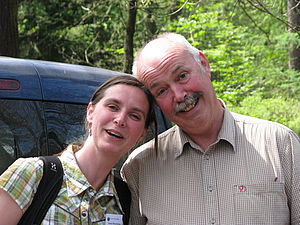
In 2010 the annual meeting of Pro Silva Europe was organized by Pro Silva Netherlands. During the four-day meeting, foreign colleagues were introduced to typical Dutch forest and nature management themes, such as integrated forest management, polder afforestation, large grazers, forest groups, recreational pressure and social wishes (and claims) regarding forest and nature. This resulted in interesting discussions with our colleagues from the rest of Europe, where wood production is generally still the most important topic.
In total there were 34 participants from 15 countries. For example, there were foresters from Slovenia, Portugal, France, Austria, the Czech Republic, the United Kingdom and Ireland. There were also participants from the New England Forestry Foundation from the east of the United States. This organisation officially became a member of Pro Silva Europe during the annual meeting in Arnhem, which means that as of this year Pro Silva is no longer a purely European affair. Most participants knew each other from previous meetings, which contributed to an excellent atmosphere. In addition, a large number of Dutch Pro Silva colleagues were always present at the various excursions.
There were numerous excursion points that were found to be very interesting. An example of this is park Sonsbeek in Arnhem, which is managed from the Urban Forestry idea. During the excursion, manager Jeroen Glissenaar explained how nature, culture, economy, health and social cohesion play a role in the management of the park. Participants found it fascinating to see that a municipality is aware of the great (financial) value that the park has for tourism in Arnhem and the health of the Arnhem population. One of the participants expressed it as follows: "I've heard quite a lot about urban forestry, but I've never seen it applied in practice, this was very fascinating".
Another excursion point were the deciduous forests in the Flevopolder. Before visiting the forests themselves, former manager Reijer Knol used a map of the Netherlands to explain the large polders. People were very impressed. The scale on which this took place was difficult to grasp for some. After an hour's drive through the Flevopolder it became completely clear. A lot of pictures where taken during a drive over the Oostvaardersdijk, where the water of the Markermeer is meters higher than the land in the Flevopolder. The quality and height of the ash trees in the forests of Staatsbosbeheer was praised, although there was also plenty of discussion about the desired thinning regime in such stands. The subsequent excursion through the Oostvaardersplassen was also highly appreciated, as this area is a unique wetland by European standards. The bus trip from the Flevopolder across the Veluwe to Arnhem, where the participants were seated in a hotel, was also an eye-opener for most people. Who would have thought that the Netherlands had so much forest?
Of course, the forests of the Veluwe were also visited, namely those of the municipality of Apeldoorn and the Kroondomein. Chief of the Royal Forest Estate and former chairman of Pro Silva Europe, Jaap Kuper explained the management strategy of the Crown Domain in Emma's Oord. Subsequently, the participants were shown around a variety of uprisings where the effect of various control measures taken over time was discussed. One of the most interesting excursion points was a forest plot where, decades ago, individual natural rejuvenation of native oak under Scots pine had taken place. These trees were an integral part of the coronation roof and had reached respectable diameters. Could there still be hope that all the apple-tree oak trees that appear in a large part of the Dutch Grovedennen forest in the lower floor could produce harvestable wood? Some of our foreign colleagues did not doubt this. But... we have to be patient and take care of them!
In the municipal forests of Apeldoorn, manager Henk Bonekamp told the participants how he, out of common sense and simply looking at the processes in the forest, switched over the past 30 years to Pro Silva management (even before this term was officially introduced). He broke the fixed pattern of clearing and planting decades ago by making more use of natural rejuvenation. He showed the participants beautiful examples of monocultures douglas that have been transformed over 30 years into beautiful mixed, layered and stable stands.
The excursion ended with a very cozy barbecue. On Sunday there was an optional visit to estate Neerijnen van Het Geldersch Landschap, where not only the castle park and old deciduous forest in the Betuwe were visited, but where the participants could also enjoy beautiful views of the floodplains and the willow pilot whales along the river Waal.
The organizers look back on a very successful meeting. However, this was not possible without the cooperation of all our hosts and speakers, the great commitment of the Pro Silva discussion leaders and not forgetting the financial contributions of all sponsors. Many thanks for that!
report by Bas van de Wiel, Martijn Boosten, Susan Bonekamp & Renske Schulting